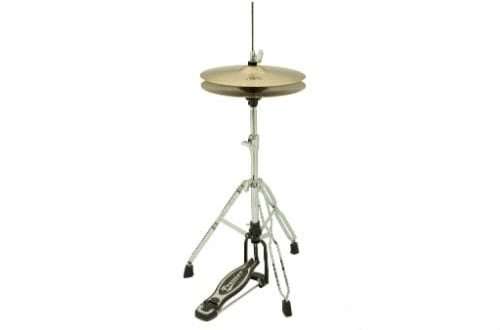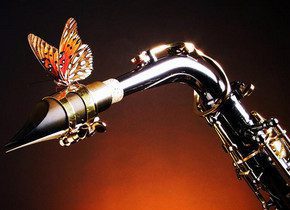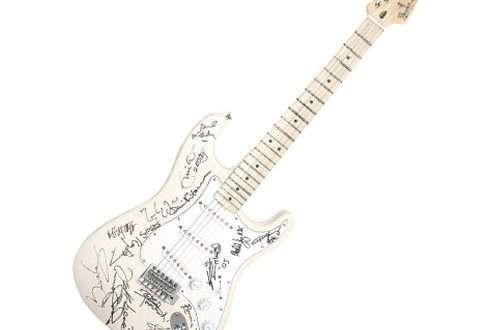What is the golden stroke of horns?
It’s time to finally find out what is the golden stroke of horns. This is nothing more than a sequence of three harmonic intervals, namely: a minor or major sixth, a perfect fifth and a minor or major third.
This sequence is called the golden move of the horns because it is often the horns who are assigned to perform this turn in the orchestra. And this is no coincidence. The thing is that by the sound of “golden stroke of horns“reminds the signals of hunting horns. And the horn, in fact, takes its origin from these hunting trumpets. The name of this brass musical instrument is derived from two German words: wald horn, which translated means “forest horn”.
The golden stroke of horns can be found in a wide variety of musical works; these may not always be works for orchestra. This “move” can also be heard in the performance of other instruments, but even in this case it is usually called the horn move. For example, we find it in piano pieces, or in violin music, etc. The horn lick is not always used to create a hunting image; there are examples of its use in a completely different figurative and intonation context
A striking example of the introduction of the golden course of horns in symphonic music is the finale of J. Haydn’s 103rd symphony (this is the same symphony, the first movement of which begins with the tremolo of the timpani). At the very beginning, the golden move of the horns immediately sounds, then the “move” is repeated more than once throughout the finale, and other themes are superimposed on it:
What do we end up with? We figured out what the golden move of horns is. The golden course of the horns is a sequence of three intervals: sixths, fifths and thirds. Now, so that your understanding of this wonderful harmonic progression is complete, I suggest listening to an excerpt from Haydn’s symphony.
J. Haydn Symphony No. 103, movement IV, final, with golden horns




